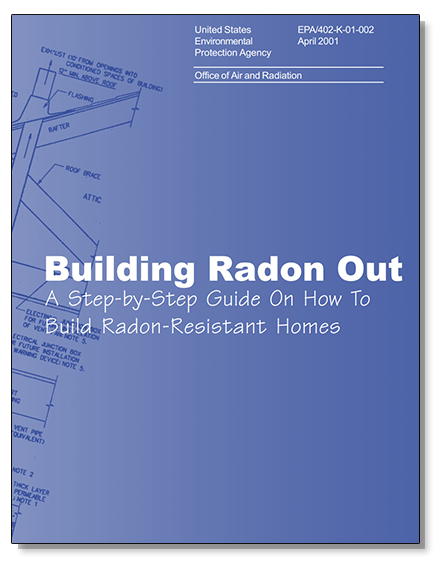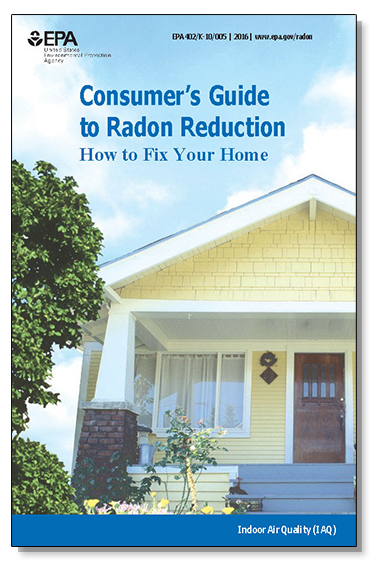Builders & Contractors
Radon Standards and Recommendations for Builders and Contractors
It is important to consider radon during construction beacuse radon-resistant features have many benefits. When installed properly in new homes, radon reduction techniques work well, make upgrading easy, and create a more energy-efficent home. These methods are also cost effective and preventative as opposed to solving a radon problem in the future. Radon-resistant features may include a gas-permeable layer, plastic sheeting, sealing and caulking, a vent pipe, or junction boxes. Read more about Radon-Resistant Construction Basics and Techniques.
Radon reduction systems also need occasional maintenance to ensure they are working properly, and it is a common practice to retest a building after a reduction technique and every two years to be sure radon levels are low.
Further information is available on the EPA radon website. There is currently no required, state-specific certification in Texas. However, the EPA only recommends NRPP-certified radon inspectors and mitigators.
For more information, visit EPA's Building a New Home, Have You Considered Radon?, "Reducing Radon in New Construction of 1 & 2 Family Dwellings and Townhouses," or Builder and Contractor Resources for Radon-Resistant New Construction.
Quick Links for Builders and Contractors
Standards and protocols for conducting radon measurement and mitigation activities have been available since the early 1990s and were developed in several ways: First, by EPA with radon industry input, second, under the ASTM standards development process, and third, by the ANSI-recognized American Association of Radon Scientists and Technologists (AARST) Consortium on National Radon Standards.
Radon
-
Address
911 Boston Ave | Box 41023 | Lubbock, TX 79409-1023 -
Phone
806.834.0370 -
Email
kayleigh.millerick@ttu.edu


